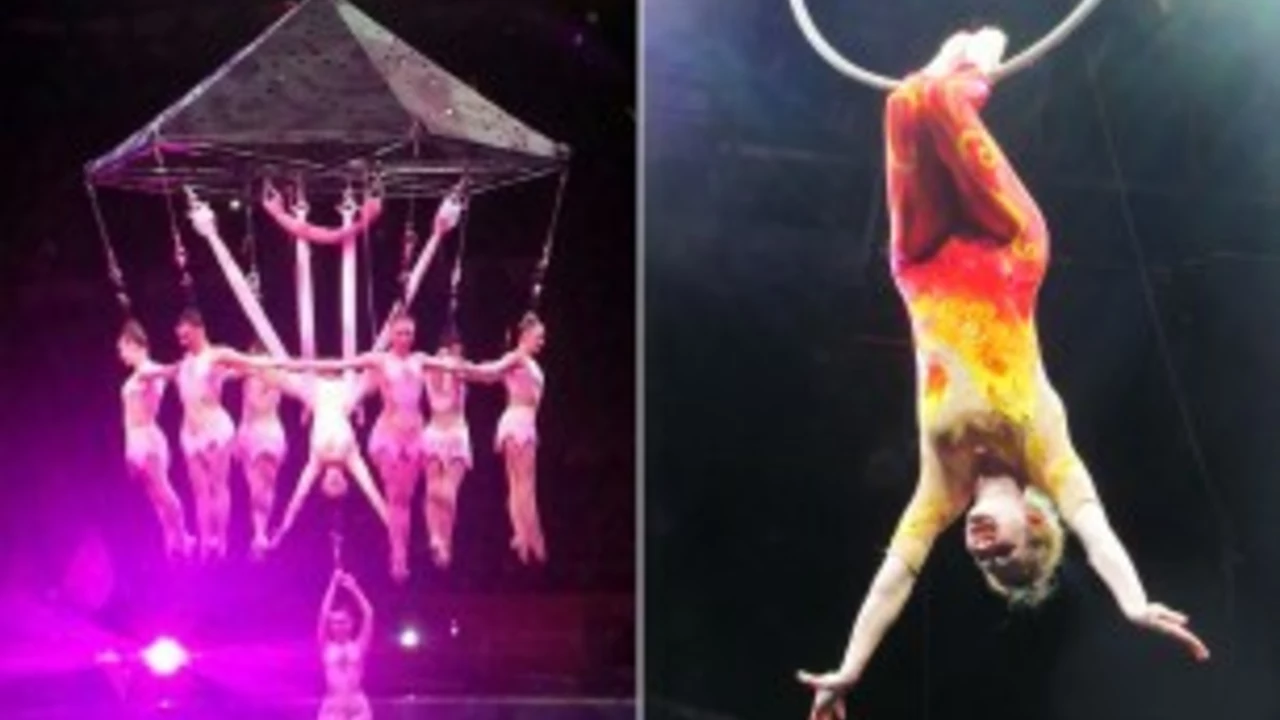Circus Acts – Types, Tips, and All You Need to Know
Ever wondered what makes a circus unforgettable? It’s the acts that capture your eyes and keep you on the edge of your seat. From daring aerial tricks to quirky animal showcases, each act has its own charm. In this guide we break down the most common circus acts and give you easy advice on how to enjoy or even try them.
Popular Types of Circus Acts
Acrobatics are the backbone of most modern circuses. Think tight‑rope walkers, trapeze artists, and hand‑balancers who flip, spin, and hold poses that look impossible. Their strength comes from years of training and a lot of trust in the equipment.
Clowning adds humor and relief between high‑energy performances. A good clown knows timing, uses simple props, and knows how to read the crowd. They keep the atmosphere light and often interact directly with the audience.
Aerial acts like silks, hoops, and lyra let performers soar above the ground. The key to a smooth aerial routine is a strong core and a solid grip on the fabric or apparatus. Watching someone glide through the air feels like watching a live superhero movie.
Animal acts have a long history, though many modern circuses move away from them. When they’re used, the animals are usually highly trained and the acts focus on teamwork between animal and trainer.
Specialty acts include juggling, magic, and contortion. Juggling showcases coordination, while contortionists bend their bodies into surprising shapes, demonstrating flexibility and control.
Tips for Watching or Joining a Circus
If you’re planning to see a circus, arrive early. Seats close to the ring give you a better view of the details, but even a mid‑row seat lets you feel the energy. Bring a light jacket – some venues keep the tent cool.
Pay attention to the program. Knowing which act comes next helps you stay excited and not miss the highlights. Many shows have a brief intro for each act, giving background that makes the performance more meaningful.
Want to try an act yourself? Look for local circus schools or workshops. They often offer beginner classes in juggling, basic acrobatics, or aerial basics. Start with a supportive instructor and never skip safety gear.
Keep your expectations realistic. Not every act will be a death‑defying stunt, and that’s fine. The variety is what makes a circus fun – a mix of thrills, laughs, and awe.
Finally, respect the performers. They train hard and rely on the audience’s energy. A genuine smile or a clap at the right moment can boost their confidence and make the show even better.
From classic clowns to modern aerialists, circus acts offer something for everyone. Use this guide to pick the right show, get the most out of each performance, and maybe take the first step toward learning a new skill yourself.

What are the most interesting circus acts?
Well, hey there folks, let's dive headfirst into the wild world of circus acts, shall we? First off, trapeze artists are a marvel, quite literally swinging into our hearts with their daring, high-flying stunts. Then, there are the jugglers, or as I like to call them, the 'multi-tasking maestros', who can handle more balls than I can in a game of dodgeball! Clowns, too, can't be overlooked, with their slapstick humor and oversized shoes, they're the life (and laugh) of the party. Lastly, let's not forget those incredible animal acts, where lions, elephants, and horses take center stage, showcasing their trained talents and reminding us just how magnificent the animal kingdom is.
Read More